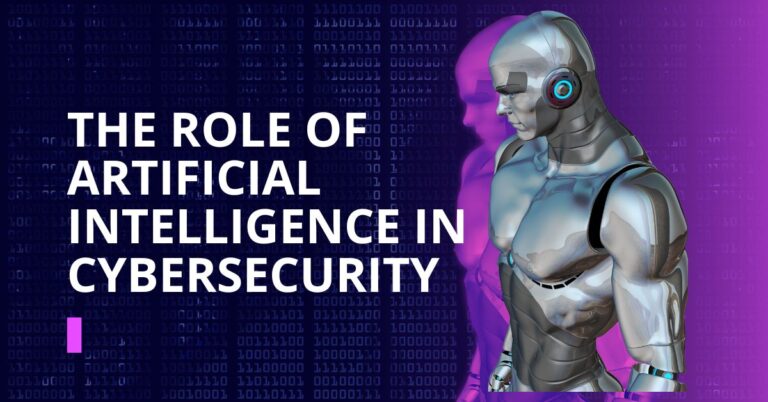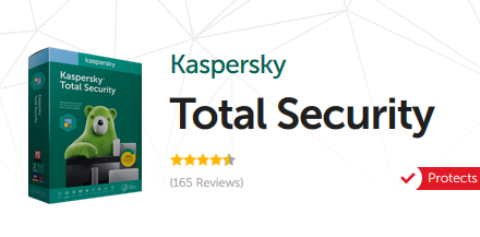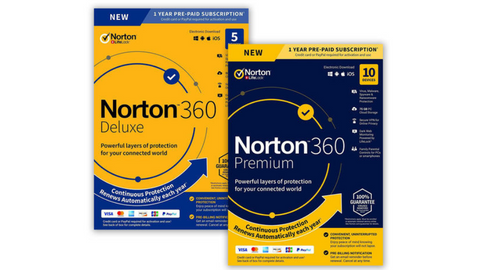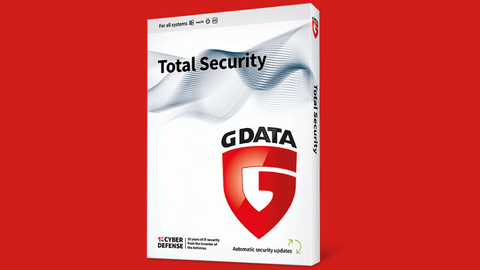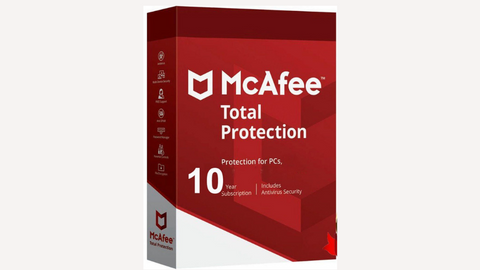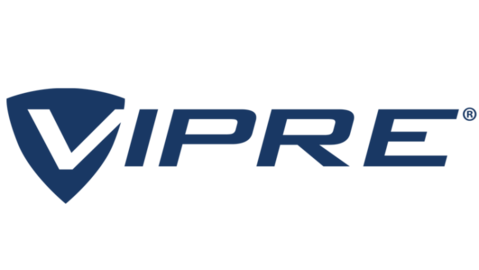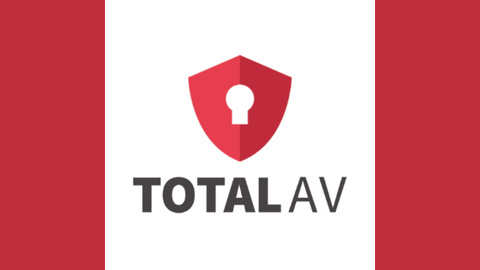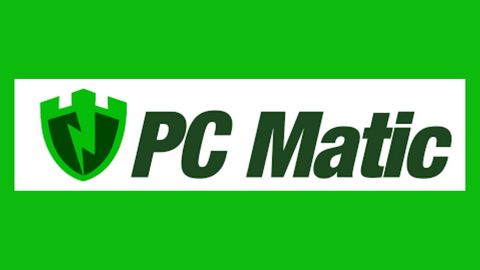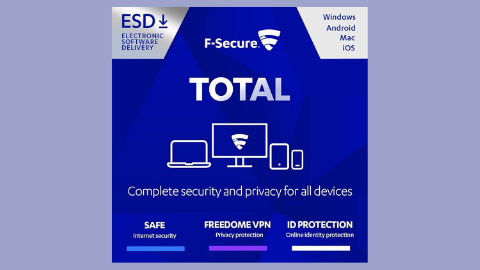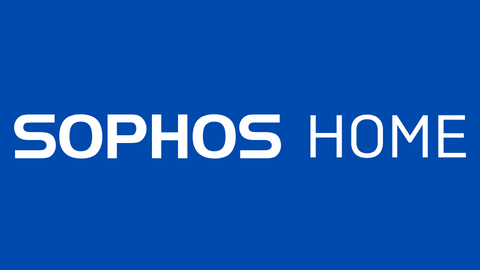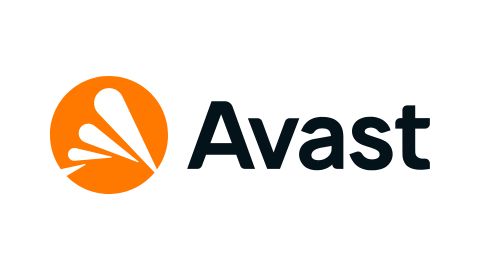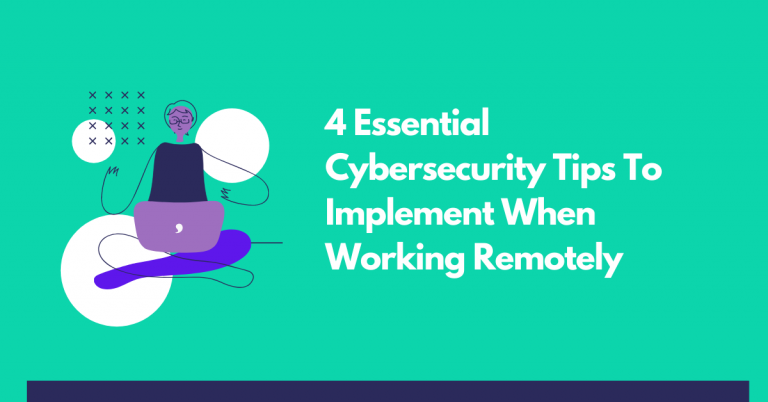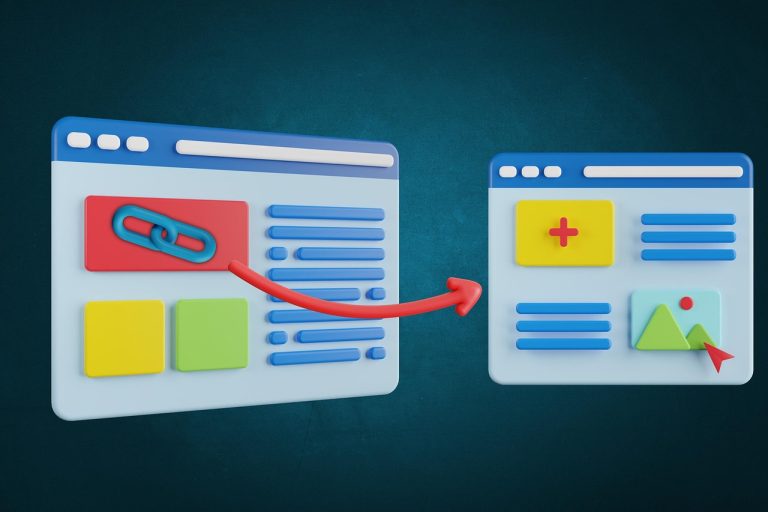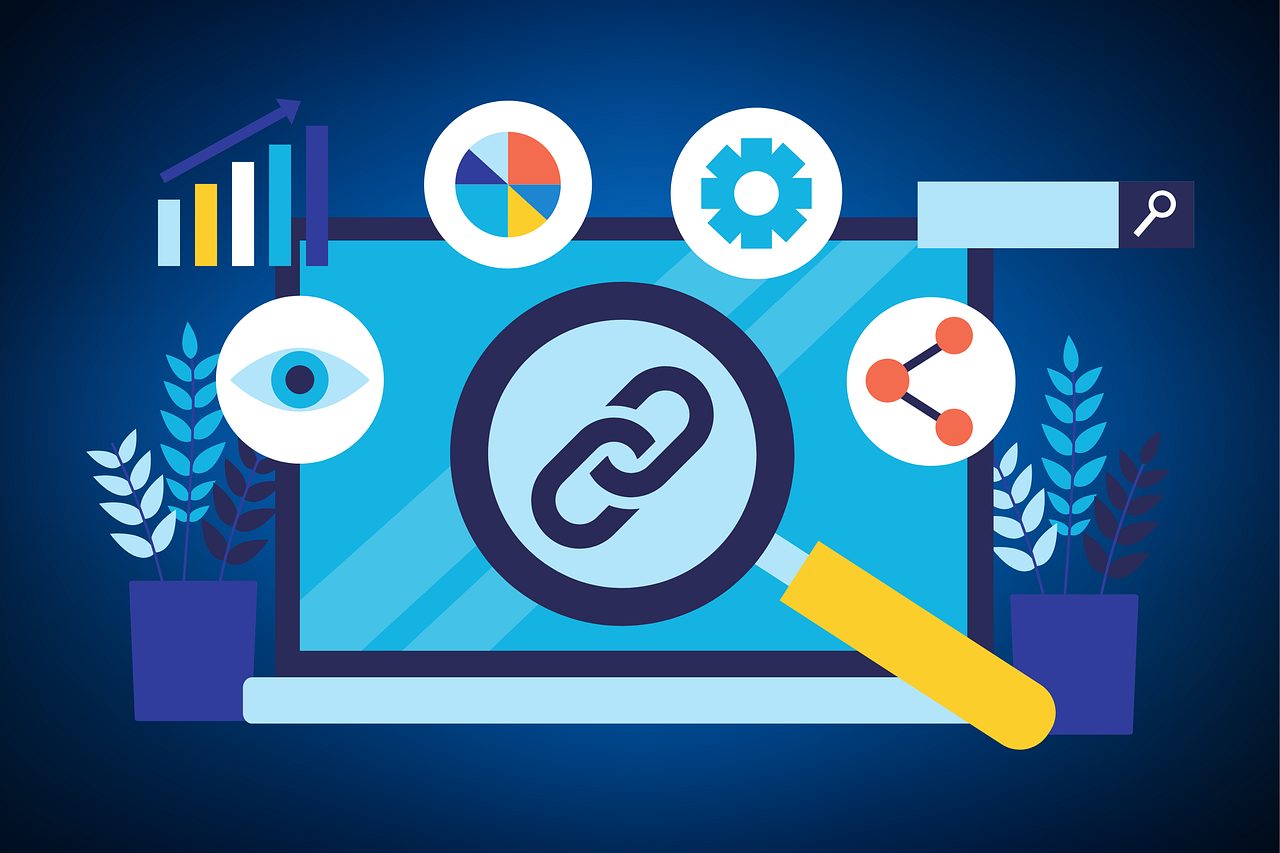Here, I will talk about understanding the basics of casino game odds
All online casino games are based on odds, and you need to understand the fundamental principles behind them if you hope to become a great casino player.
Whether you’re interested in blackjack or roulette, our guide gives you a look at the basics of casino game odds that will familiarise you with how odds shape gameplay, allowing you to make better decisions and potentially increase your chances of success.
Table of Contents
Casino Game Odds: Decimal vs Fractional Odds
There are several ways to present odds in casino games, but the decimal and fractional formats are the two most popular. Decimal odds indicate the potential return you could get combined with your original stake, whereas fractional odds show the potential profit you could get relative to your bet.
The formats are popular in different regions. Decimal odds are the standard in Europe and possibly the easiest format to understand. So, if you have odds of 5.00 in a casino game, that means you stand to win 5.00 in addition to your stake if the bet is successful.
On the other hand, fractional odds are more common in the UK, giving you a look at the profit you stand to make, relative to the bet you place. If you have odds of 3/2, this implies that you stand to make a profit of three units for every two that you wager.
Both the decimal and fractional formats have their advantages. Decimal odds give you more clarity about your potential returns, while fractional odds can be easier for some players to intuitively interpret, especially when they’re used for gambling events like horse racing.
As a player, you should understand how both of them work, making sure you’re as informed as can be, before making any betting decisions. This ensures you’re fully aware of all the risks and potential rewards that can come with these wagers.
House Edge
You will most likely have read the term’ house edge’ being used when describing odds in online casino games. It refers to the representation of the statistical advantage that casinos hold over you in all the games they offer. Think of it as the built-in profit margin for the online casino, ensuring that over time, the house will generate a profit regardless of individual wins or losses.
The house edge varies from one game to another and can also fluctuate depending on different bets within the same game. This is especially true of games like blackjack and baccarat, where if you put the right strategies to good use, you can get relatively low house edges of under 1%. But when it comes to more rigid games like roulette or slot machines, where the outcomes are mainly based on luck, the house edge ends up being higher.
The better you understand online casino house edge, the more you can push for potential wins in your online casino games. The bottom line is that a lower house edge gives you better odds, while a higher one makes it harder for you to land wins. You can play games with lower house edges and put together optimal betting strategies to keep that level as low as possible, for an even better online gambling experience.
House edge can ultimately be a deciding factor when you’re choosing the right online casino games for you. So, bear it in mind if you’re looking to find out the latest game reviews and sift through a game’s attributes and statistics.
Baccarat
Player, Banker, and Tie are the three main bets in Baccarat, and the odds for the game primarily revolve around them.
The Banker bet tends to have the best odds, with a house edge that floats around the 1.06% mark, making it the most favourable for you to wager on. Close behind, you get the Player bet, which has a slightly higher average house edge of 1.24%. However, the Tie bet is distinguished by its significantly higher odds, with a house edge that tends to exceed the 14% value.
By understanding these odds, you can build a better strategy in the game, knowing which bets are more lucrative and capitalising on favourable odds to maximise your chances of success.
Blackjack
In blackjack, the house edge varies, depending on factors such as the number of decks in play, as well as specific rules related to the variation you’re playing. Regardless of these various factors, understanding the odds is essential, as strategic play can lead to a lower house edge.
When using optimal strategies, the house edge can be reduced to as low as 0.5%, and even lower in some cases. However, if you don’t consider these strategies, the cost will be significantly higher. This is because blackjack is a game where your decisions can directly influence your odds. Knowing when best to hit, stand, double down or split will go a long way in boosting your luck, helping you to potentially tilt the odds in your favour.
Craps
Odds in craps can vary a lot, based on the type of bet you place. The Pass Line bet is the simplest and most common of the lot, with a relatively low 1.41% house edge, making it incredibly popular among players. If you go for proposition bets like Any 7 or Any Craps, you’ll be looking at much higher house edges, which go above and beyond 10%. This makes them way riskier.
To fully understand odds in craps, you need to have a good idea of the probability of landing different outcomes based on your dice roll. The more familiar you are with these elements, the more informed the decisions you can make when playing this fast-paced game.
Roulette
Each different roulette bet comes with its own set of odds. These include straight bets, as well as those based on colours or number groups. Bets like Red/Black, High/Low or Odd/Even give you near 50/50 odds, and the house edge can get higher depending on the number of green zeros on the table. In European Roulette, there is a single green zero, but in the American variant, there are two.
Straight bets are ultimately more rewarding, but they also carry much higher risk. Always consider the risk-reward balance when placing your roulette bets, combining both safe bets with low payouts, as well as riskier wagers with higher potential rewards.
READ ALSO: From Slots to Blackjack: Ranking Casino Games With the Best Odds
Short Term Play
If you opt for short-term play at your favourite online casino, you’ll need to count on luck a lot more than you would when dealing with long-term statistical probabilities. This is primarily due to the nature of the random number generators used in online casino games. They ensure that each result isn’t affected by previous results, which makes them somewhat unpredictable.
During these brief sessions, your win or loss streaks are influenced by volatility instead of long-term probabilities. A game’s volatility will positively or negatively impact your bankroll size too. There is no telling which way things will go, and short-term play can lead to both significant wins and consecutive losses.
That’s why, in this scenario, you should focus on the entertainment factor in games, rather than worrying too much about the potential profits you stand to gain. Bankroll management can be crucial here too. You should set clear betting limits and stick to them to avoid excessive losses that can come with impulse decisions, based on emotions you feel in the heat of the moment.
Short-term play ultimately doesn’t give you the space for strategic considerations that you’d get in long-term play. But even so, you can still have an enjoyable and potentially rewarding experience, just as long as you approach games with caution and make use of responsible gambling practices. Keep in mind that online casino games are there to entertain you and so you should always enjoy them responsibly.
The Grind
Contrary to short-term play, long-term play, or “the grind”, refers to slowly but surely accumulating wins over a longer period by playing consistently and managing your bankroll efficiently. Rather than relying on luck, the grind focuses on strategic gameplay and has you exploiting favourable odds to gradually generate more profit.
When you’re engaging in the grind, you’ll want to focus on casino games with the lowest house edge possible, making sure you use the best betting strategies possible to enhance your chances of success. It also helps to use bonuses, promotions and loyalty programs that can boost your profitability further.
You’ll need quite a lot of patience and resilience to get through the grind, as it asks you to withstand the inevitable losses that come your way, all while staying focused on the long-term perspective. This is ultimately a marathon, not a sprint, so your goal here is to build steady and sustainable profit over time, irrespective of the casino game odds.
Sure, the grind may not come with the adrenaline rush that big wins bring in short-term play, but they do give you a more methodical and reliable path to build long-term profitability.
INTERESTING POSTS






